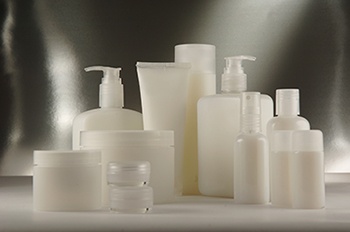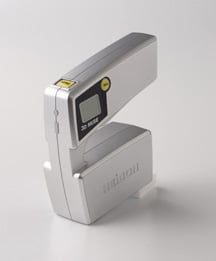 When you apply skincare products, what sensory properties do you tend to notice or expect the product to deliver? A study by the International Journal of Cosmetic Science notes, “perceived skin feel during and after application of skin care products is highly important to the consumer and therefore to cosmetic formulators.” Cosmetic powders are often added to formulations in order to further improve their sensory perception and appeal.
When you apply skincare products, what sensory properties do you tend to notice or expect the product to deliver? A study by the International Journal of Cosmetic Science notes, “perceived skin feel during and after application of skin care products is highly important to the consumer and therefore to cosmetic formulators.” Cosmetic powders are often added to formulations in order to further improve their sensory perception and appeal.
Until recently, the skincare and cosmetic formulation process has been more of an art than a science. A correlation between the coefficient of friction (COF) value determined in lab testing and perceived skin feel during descriptive panel assessments has provided groundbreaking insights to the underlying mechanisms of skin feel improvement to the formulators of skincare and cosmetics products.
In the skincare and cosmetic industries, it’s important to develop topical formulations that have “good consumer acceptability.” The formulation and panelist product testing processes are arduous, time consuming, and costly… often without any guarantee of market acceptance. Furthermore, panelist assessments are, by nature, a subjective process that introduces human error into an already complex process.
Advancements in measurement tools, such as Kett Friction Testers, Wear Testers and Surface Property Analyzers, allow for friction analysis to instantaneously, accurately, and repeatedly be conducted on a multitude of materials used in endless applications. Essentially, these tools give formulators in any industry the ability to scientifically quantify and measure sensory properties of their products throughout the formulation and product testing phases. Specifically in the skincare and cosmetic industries, these friction analysis tools allow for COF to be tested in vivo throughout the formulation and testing processes, which allows for an abundance of data collection in addition to processes refinement. This data will become particularly helpful in analyzing sensory properties associated with the addition of various cosmetic powders to formulations with the goal of improving both perceived skin feel and market acceptance.
To test the initial hypothesis of whether or not in vivo COF analysis could mitigate or – better – eliminate the need for focus group panelist testing, systematic testing was carried to compare in vivo COF analysis results with panel assessed “perceived skin feel” values. The results found a positive, repeated correlation between the value of coefficient of friction found in laboratory testing and the corresponding “perceived skin feel” value derived from panel assessments.
The summary of the study states that:
“The results indicate that cosmetic powder particles should be small with a rather irregular shape to better lubricate the tribological contact between finger tip and skin surface, which leads to a more ‘powdery’ skin feel. It is suggested to carry out further tests with different powder particles or other skin care formulations to fully understand the underlying mechanisms of skin feel improvement and to validate or even partly replace the results of panel testing.”
The future of formulations in the skincare and cosmetics industries will be embedded in evidence-based science. This means a streamlined formulation process, creation of products that are more likely to meet market demands/high acceptability, and a possible elimination of the need for subjective descriptive panel testing. Better products and means of formulating them will eventually become the health and beauty industry standard thanks to the innovative contributions of friction analysis tools.
Learn more about the importance of accurate friction measurement by downloading our Friction Analysis Tip Sheet.



